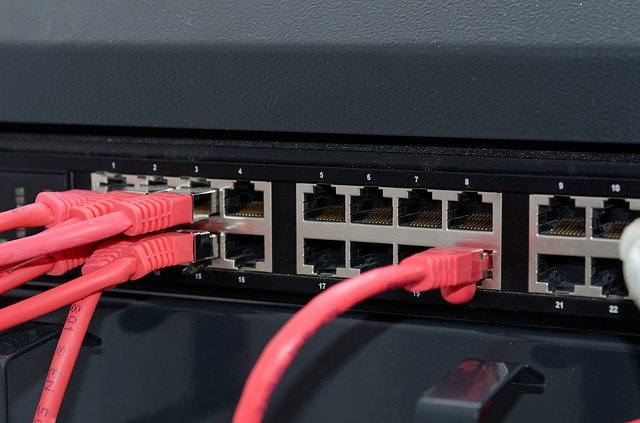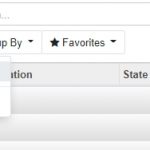LOS or Loss of Signal is a frustrating problem for many people. It can be caused by a number of issues and it’s important to understand the different causes so you can fix the problem quickly.
In this blog post, we will go over some of the most common reasons for LOS and give tips on how to troubleshoot your signal problems in order to get back up and running!

Table of Contents
What is LOS?
LOS means loss of signal, and your modem (which acts as a router too) may be able to establish a local network connection for your personal devices. Your modem (which acts as a router too since ISPs usually provide a combo device) may establish the local network connection for your personal devices, but it cannot communicate to your ISP because of signal loss.
But due to the LOS, it can’t communicate with the ISP – which would mean you won’t have access to anything on digital platforms like Netflix or Amazon Prime Video!
How to Check if You are Getting LOS?
Different internet providers may have different ways to test for LOS – so please check with your provider on how they recommend you do this.
Some people will call their ISP and ask them what the signal strength is at their home, while others may try using a WiFi analyzer app like PingPlotter or Wi-Fi Inspector.
The most simple method to try is to view the LOS light on your modem. It turns red if there is a problem with conecting to your ISP.
How Does Loss of Signal Happen?
There are many causes for LOS, some more common than others: wireless interference in your area (such as neighbors’ networks), old equipment, weather conditions or issues with wiring inside your house such as splitters used in older houses. If you live close enough to other homes that might be having similar problems then one person would need to contact all of those homeowners about possible solutions!
How to Fix LOS
In case of LOS, the following steps can help:
Be patient and wait
Sometimes, the LOS problem will solve itself on its own without your intervention. When this occurs, take some time and step into the bathroom or do some stretching for a few minutes before returning to your computer; sometimes by then everything is back up again!
Check for loose cable connections
It is not uncommon for the connectors in your modem to come loose. Keep an eye on all cables and ensure they are properly connected to prevent any future connection issues with internet service providers.
Try to unplug and reconnect the coax cable then wait to see if your internet comes back!
Contacting your neighbors about possible solutions
You may not have much control over what happens outside of your home, like weather conditions, but one person would need to contact all of those homeowners about possible solutions.
If all are encountering LOS, it means your area has problem. All you can do is call or wait for the ISP to act.
Do a power cycle your modem
Technology can be a complicated beast, but sometimes all you need is to power cycle your modem.
A power cycle is like a computer-instant reset button that you press to return it back to the state of working order without having to wait for any software updates or install new hardware.
Restarting the device may fix common networking problems that come up over time like memory leaks and overheating components. To do this, simply turn off your modem for 10 seconds or more before turning it on again!
Contact your ISP
Contact customer service to see if they have a solution for you! If none of these steps work then contact customer service. They can help determine if there’s something wrong on their end or offer other solutions (such as replacing equipment).




